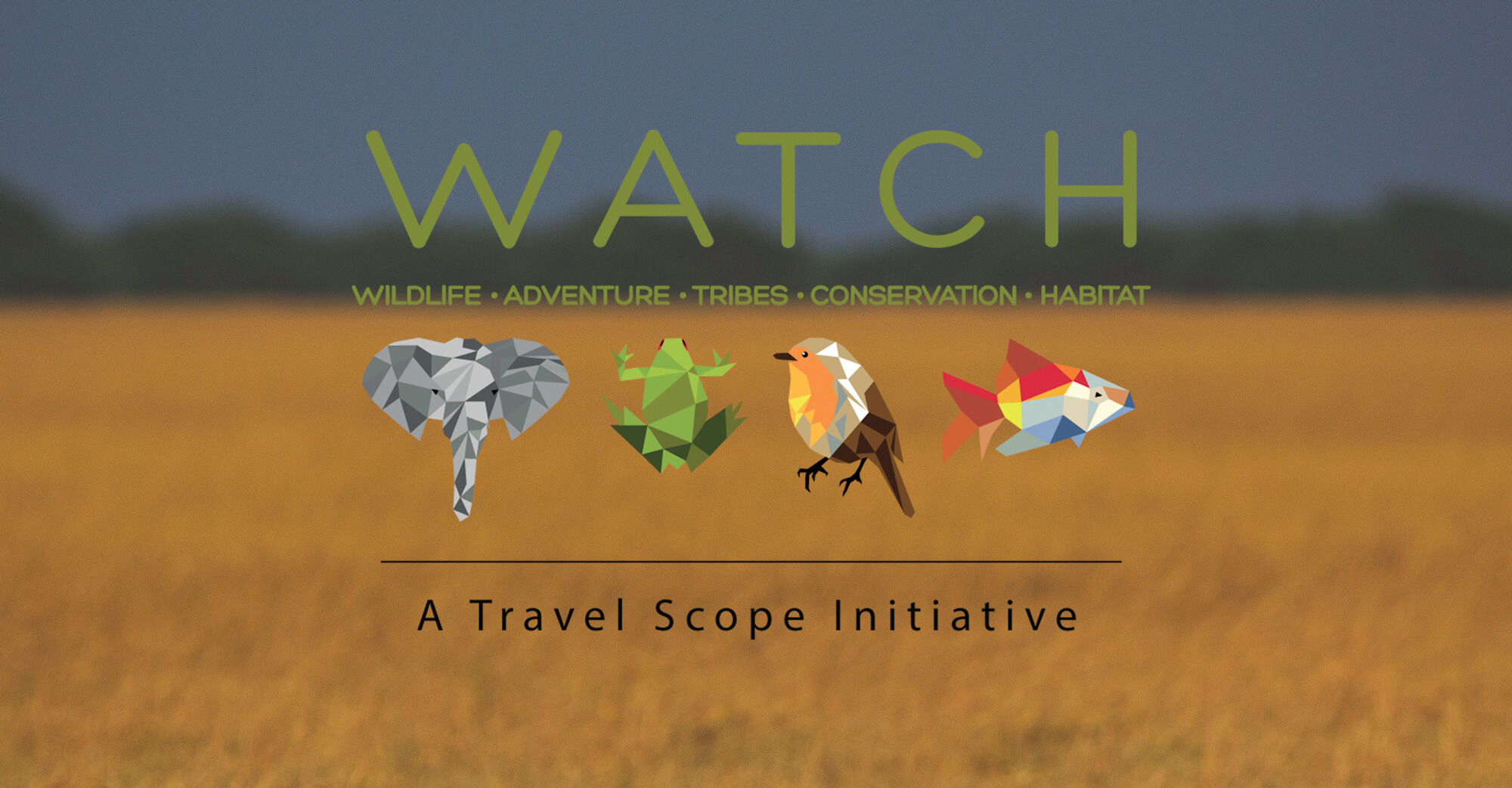This story is long overdue but the scenes are still fresh in my mind. All I need is to press the memory button and it all unfolds in front of me. I had been hearing about leopards of Bera for a long time. But until you reach there you have no idea of the experience. I have known Shatrunjay Pratap for many years now.
He is a connoisseur of Indian wine. Having completed a special degree in wine culture form UC Davis in California, he returned to India and worked in Sula vineyards in Nashik. But I suppose his heart was beating to be out there in the wild. He decided to move to Bera in Western Rajasthan, where he has been camping for several years now.
In these years, he has scanned every conceivable hill in the area and has got some of the most amazing photographs and footage of the leopards and shepherds of the area. He has been a crusader for these leopards and the shepherds for all these years, fighting legal battles against illegal mining contracts to save and sustain the habitat for these beautiful beasts.

His lodge BERA SAFARI Lodge is an ideal location to stay and explore the hills of BERA to look for leopards and other wildlife in the bush such as jackals, hyenas, bears and a variety of birds. You could also chance upon some of the most venomous snakes such as the saw-scaled viper.

The Bera Safari Lodge is a small and simple 4 room property with all comforts that one would need on a wildlife exploration. The dining room is an intimate space where one gathers for every meal like a family. Fresh home cooked meals are served by the staff, under the supervision of Katyayani, Shatrunjay’s better half.
The highlight of the stay is setting out on safaris with Shatrunjay, as he navigates us through the bush in Bera. His team of spotters are connected by walkie-talkies and the moment a leopard is spotted, it is communicated to Shatrunjay. Sightings are very different compared to sightings on Tiger Safaris. The leopards are located on the hills hence using binoculars are the best way of spotting them. One needs to be a skilled spotter to locate them in the well-camouflaged habitat.

I am narrating a highlight of my own visit to Bera. We were a party of 6. So we split ourselves into two jeeps and different directions. I was with Shatrunjay and my photographer friend Sid. We had to do a bit of a trek carrying all our heavy equipment to reach a particular spot to set ourselves up. It was dark when we left the lodge. Our first sighting was an Indian Eagle Owl standing right in the middle of the road. As the sun started coming up slowly the surroundings became clear and I could see a dry river bed in front of me and a hill across.
Shatrunjay told me that this hill is home to a leopard and he usually comes back in the morning after his night outs. I was wondering if the leopard was really going to come. I then popped the obvious question to Shatrunjay. And as soon as I said that Shatrunjay’s spotter pointed us towards the hill. Woh Niklio Hukam. That means, there he comes to Sir.
I tried spotting the leopard using my small 60 x Nikon and got some shots. But the amazing scene that happened was captured by both Shatrunjay and Sid’s powerful lenses. An eagle owl flew up past the leopard and gave it a shot on the head before flying away. That scene was worth the wait. The leopard, obviously irritated and unhappy at this daring act of the owl, slowly walked towards his cave, but not before stopping to give us a good stare, as though saying, I still rule this place.

He was a grown-up male with a sagging belly. Obviously, he had a great feast on his night out and looking forward to a good siesta back in his cave.
We spent the rest of the day at the lodge and went out at sunset to another amazing landscape. These hills were homes to leopards and bears, though we didn’t have any sighting. But the spot itself was magical and the sunset was incredibly beautiful.

The next morning we visited some of the Rebari settlements. A visit to a villages in Bera is an interesting insight into the lives of the Rebaris. The Rebaris a shepherd community, make a living from their livestock which includes cows, goats, sheep. There is an unwritten understanding between the leopards and the shepherds. The days belongs to the shepherds and the nights belong to the leopards.
Despite the dangers of attack by leopards on their livestock, the shepherds here in Bera have lived in harmony for years and avoided conflict. Shatrunjay’s work in conserving the habitat and educating the shepherds has further helped in sustaining the lives of both.
Bera is slowly becoming popular on the tourism circuit. It’s a great experience for nature lovers. One must visit before it gets overcrowded like other wildlife destinations.

